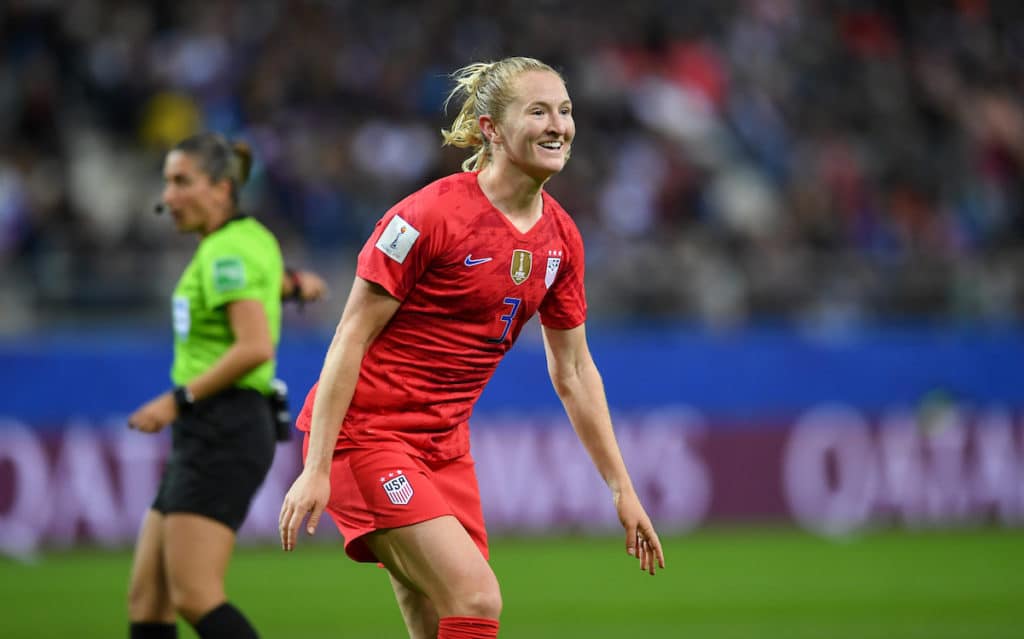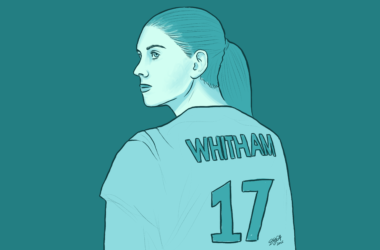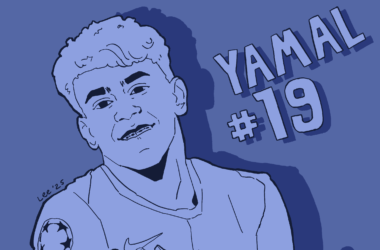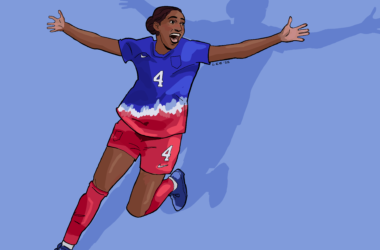The COVID-19 pandemic has hit the sports world hard, with many leagues initially cancelling their seasons. Some leagues, including the WNBA, the NBA, and the NHL, have since restarted in “bubbles,” and one of the most successful in this restart was the National Women’s Soccer League (NWSL).
The NWSL was in its off-season when the pandemic hit North America, leaving the league scrambling to fit a whole season into a shortened time frame and safe environment. Their solution came in the form of the NWSL Challenge Cup, which took place between June 27 and July 26 in a “bubble” in Utah. The 23-game tournament was successful in several ways, with no positive COVID-19 tests and a first-time NWSL champion in the Houston Dash.
Despite the relative success of the summer’s Challenge Cup, and the announcement of a Fall Series set to run from Sep. 5 to Oct. 17, many players are still choosing to leave the NWSL to play club soccer in European leagues. American midfielders Sam Mewis and Rose Lavelle have signed with the FA Women’s Super League’s (FA WSL) Manchester City, while American forwards Christen Press and Tobin Heath have both signed with Manchester United. It’s not only American players who are leaving the NWSL, however. England’s Rachel Daly and Australia’s Emily van Egmond both signed loan deals with Westham United, leaving behind their American clubs for the time being. Some young North American players are choosing to forego the NWSL altogether, including Canada’s Jessie Fleming who signed her first professional contract with Chelsea FC in June of 2020.
The situation surrounding the COVID-19 pandemic in the United States means that there is no way for NWSL players to play a full league season this year. The fall series consists of only 18 games, with regional pods that limit each team to playing against only the two other teams in the pod and only playing four games each. Players looking to make their national team rosters ahead of next year’s Olympic Games will need more opportunities for playing time in competitive environments. At the moment, an American league is simply not able to provide this setting. European leagues also present the opportunity to play in multiple competitions, including the UEFA Women’s Champions League and national cups within each country.
After the failure of two previous women’s professional soccer leagues in the United States, this outflux of top players from the NWSL is a cause for concern. Through a deal with CBS, the 2020 season would have been the first with games aired on network television, increasing the visibility of the league and drawing in more fans and sponsors. Top players leaving the league does not bode well for future sponsorships or television deals; however, CBS did air games from the Challenge Cup and will continue to show games from the Fall Series. This precarity is just one of the many ways in which women’s sports have been disproportionately affected by the COVID-19 pandemic as compared to men’s sports.
Despite the bad news for the NWSL, players signing in Europe are, arguably, a testament to the development and maintenance of women’s professional club soccer across the world. Despite less-than-ideal circumstances in the U.S., players still have the opportunity to continue playing club soccer. The majority of FA WSL teams are now fully professional, allowing players to spend more time training with better equipment and facilities, thus raising the level of competition in the league. Hopefully, this professionalization can continue to sustainably provide opportunities for women soccer players, even through unforeseen obstacles like a global pandemic.








